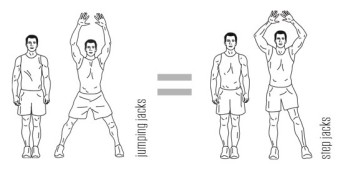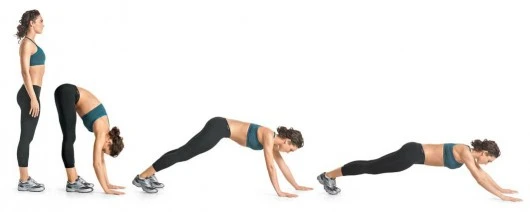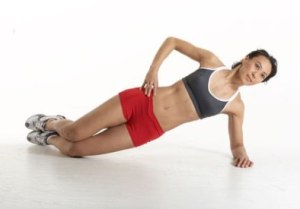How often do I consider my life and all its proclivities in regards to the sacred? I’m not even sure why I have an attachment to write about this topic today. All I know is that I have found a strand of thought that has captured my attention for the moment, and it seems fitting to follow the strand where ever it wants to lead me for now.
It should not surprise me that one thought leads to another; whether a thought originates in my own thinking or whether it has been introduced by some one else, it does not matter. That the thought sparkled and dazzled and asked to be admired by me is reason enough to give it consideration for this moment.
Why do I bother attending to a fleeting thought? Because I trust that some thoughts are worthy of introspection. And in this space of now, I trust that this thought, with its attending question and percolating intrigue, has captured my attention because I am ready to receive a lesson. I have lived long enough to realize that a piqued interest is usually indication of openness to instruction.
So perhaps my intrigue has whet your curiosity too, and if that is the case, then I invite you to join me for awhile in this quest to apprehend reason on this little bypass, as I consider: What does it mean when we say some ‘thing’ is sacred to us?
Now remember, how I mentioned earlier how one thought often leads to another, then another. Well this thought about sacred things, I believe, was brought to my consciousness because of something I read a few days ago. (Note to self & note to reader: Be careful what you read!)
Anyway, I believe the question which took form before my mind this morning was smoldering as a result of this statement in the “Love Your Body” chapter of A Course in Weight Loss by Marianne Williamson: The purpose you ascribe to something determines its effect on your life. I am not sure why these two ideas feel connected to me, but they do. And I am not sure why I feel like these ideas are important to share within the space of a health and well-being blog, but I do. So be patient with me, as I attempt to connect some dots and unravel this ball of twine of mine.
When I think quickly about this idea of the sacred, all of a sudden the “S” word lifts ‘things’ up to a level above my eyes. It, the object, whatever is beheld as sacred, becomes instantly special, reserved, set aside, honored, revered. Do we use this word so frequently and loosely today, that its meaning and power is lost on our modern sensibilities? Perhaps. But what do I hold as sacred? What or where is the repository for the sacred in my life? What then does it mean when I attribute sacredness to something or someone?
I think the connection is this: What I believe and hold as sacred in my life, I will treat with special honor and reverence. The sacred will receive my best attention, care and protection. In other words, if I purpose some ‘thing’ as sacred, then my actions will support and be a natural outcome of my intentions and my beliefs. “The purpose you ascribe to something determines its effect on your life”.
As a married person (34+ years), I consider my relationship with my spouse as sacred. I am intimately bound up in his life and he in mine; we two have become and live as one. Our relationship is set-aside and unique from all our other relationships. I honor this sacred relationship and protect it by keeping my heart’s affections solely upon and for my husband.
As a spiritual being, I consider my relationship with the Divine One as sacred. Similar to my marriage, the Holy One and I co-exist in intimate, loving relationship. There is no way to separate Spirit from spirit. I honor my Spirit-life my spending time in worship and meditation. This relationship centers me and brings light and love to every area of my life.
As one who inhabits a physical body, I consider my relationship with my body as sacred. I am profoundly thankful for everything it does for me, this container which holds my soul. I honor my physical-life by making the time and taking efforts to exercise, nourish and rest my body in accordance to its needs.
As a personality who engages others within myriad roles and relationships (daughter, mother, wife, friend, etc.), I notice that my sacred intent takes less form here. I do not hold my relationships in such sacred esteem. And yet, I can see the merit in assigning them to a higher purpose in my life. We all have been created and set in this world to live in relationship to one another. Perhaps the disconnect I feel in many of my relationships is a result of my not assigning a higher purpose and value to them? Yes, this is surely a strand of thought which I must further consider and evaluate!
Finally, I have come to the end of the trail. I have made a connection, faint though it be, it is thus: That which I hold as sacred, I protect and honor. If I feel or experience disconnect in my body, spirit or in my relationships, then I have likely ascribed to it a lessor purpose or value in my life. “The purpose you ascribe to something determines its effect on your life.”
If I regard something as sacred or worthy, then I will act in ways which demonstrate my belief. That which I believe guides my intentions. My belief becomes my action. Those things which I focus my most care-full attentions and energies upon, also sheds light upon those things which I hold as sacred. What about you? What is sacred to you?












